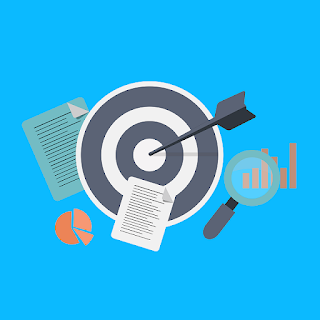Harnessing the Power of Data-Driven Analytics for Effective Campaigns
In the realm of public relations, the landscape is constantly evolving. Gone are the days of relying solely on gut feelings and intuition to craft successful campaigns. In today's digital age, data reigns supreme, and savvy PR professionals are harnessing the power of analytics to drive impactful strategies. Welcome to the era of Data-Driven PR.
Data-driven PR is a strategic approach that leverages insights derived from data analytics to inform and enhance public relations campaigns. By analyzing vast amounts of data, PR professionals can gain valuable insights into audience behavior, preferences, and trends, allowing them to craft targeted and impactful campaigns that resonate with their target audience.
So, what exactly does data-driven PR entail, and how can it revolutionize traditional PR practices?
1. Understanding Audience Insights: One of the key benefits of data-driven PR is its ability to provide deep insights into audience demographics, interests, and behaviors. By analyzing data from various sources such as social media, website analytics, and market research, PR professionals can gain a comprehensive understanding of their target audience. This knowledge allows them to tailor their messaging and content to resonate with their audience on a deeper level, ultimately driving engagement and brand loyalty.
2. Measuring Campaign Effectiveness: In the world of PR, measuring the success of a campaign has often been a challenge. However, data-driven PR changes the game by providing concrete metrics to evaluate campaign effectiveness. From tracking website traffic and social media engagement to monitoring media mentions and sentiment analysis, data analytics allows PR professionals to measure the impact of their campaigns in real-time. This enables them to quickly identify what strategies are working and make data-driven adjustments as needed.
3. Identifying Media Opportunities: Data-driven PR also enables PR professionals to identify media opportunities more effectively. By analyzing media trends, journalist preferences, and content performance, PR teams can pinpoint relevant opportunities for media coverage and strategic partnerships. This ensures that PR efforts are focused on the most impactful channels and publications, maximizing exposure and brand visibility.
4. Predictive Insights: Another powerful aspect of data-driven PR is its ability to provide predictive insights. By analyzing historical data and trends, PR professionals can forecast future opportunities and challenges, allowing them to proactively adjust their strategies accordingly. Whether it's anticipating emerging trends or mitigating potential crises, predictive analytics empowers PR teams to stay one step ahead in a rapidly changing media landscape.
5. Enhancing ROI: Ultimately, data-driven PR enables organizations to maximize their return on investment (ROI) by ensuring that resources are allocated effectively and campaigns are optimized for success. By focusing on data-driven insights, PR professionals can make informed decisions that drive tangible results, whether it's increasing brand awareness, driving website traffic, or generating leads and conversions.
In conclusion, data-driven PR represents a paradigm shift in the field of public relations. By leveraging the power of data analytics, PR professionals can gain deeper insights into their audience, measure campaign effectiveness, identify media opportunities, anticipate trends, and enhance ROI. In today's competitive landscape, embracing data-driven PR is not just a choice but a necessity for organizations looking to stay ahead and make a meaningful impact in the digital age.




Comments
Post a Comment